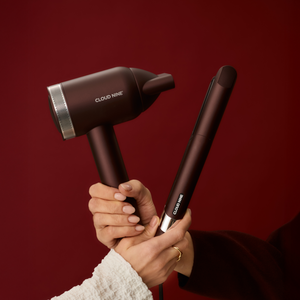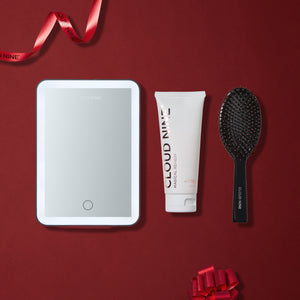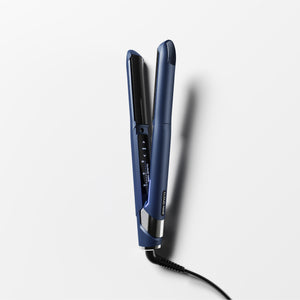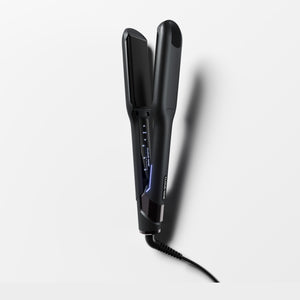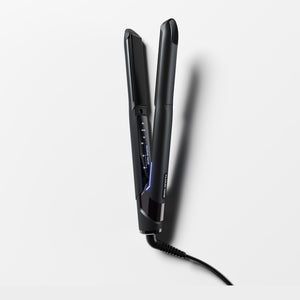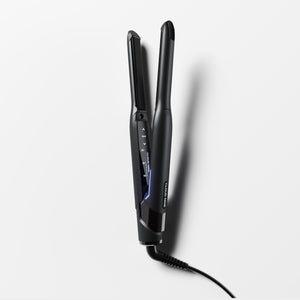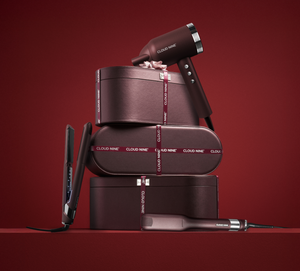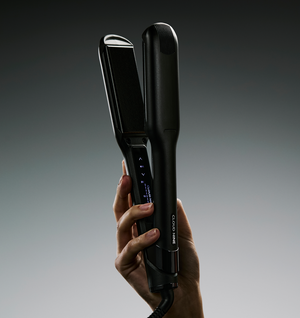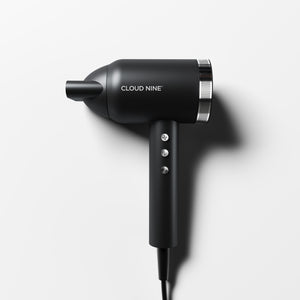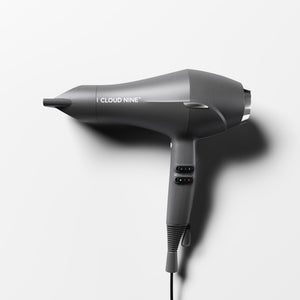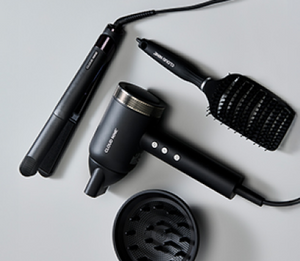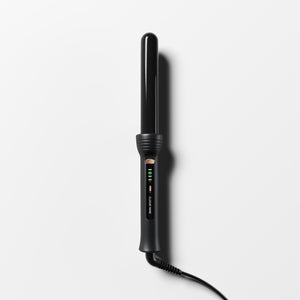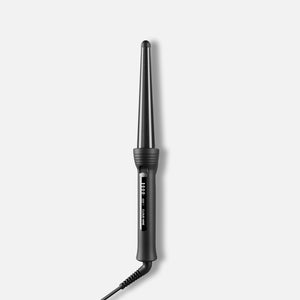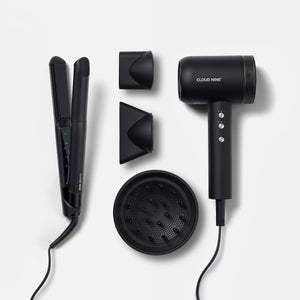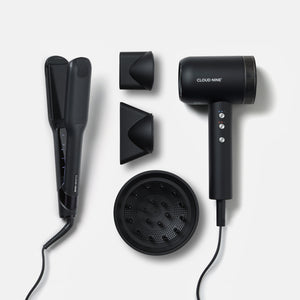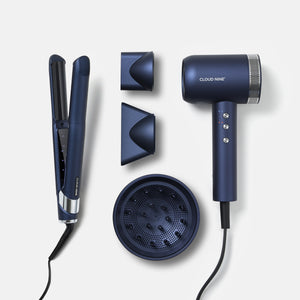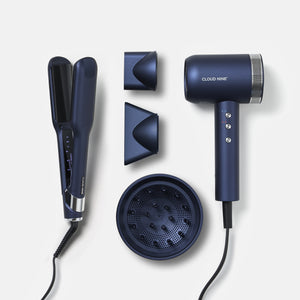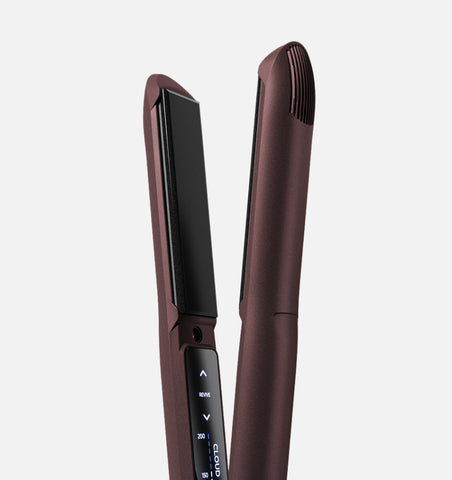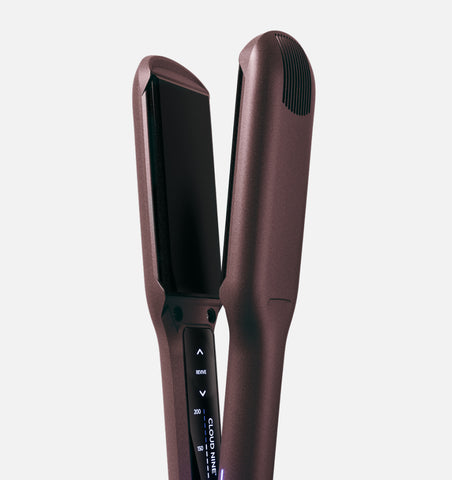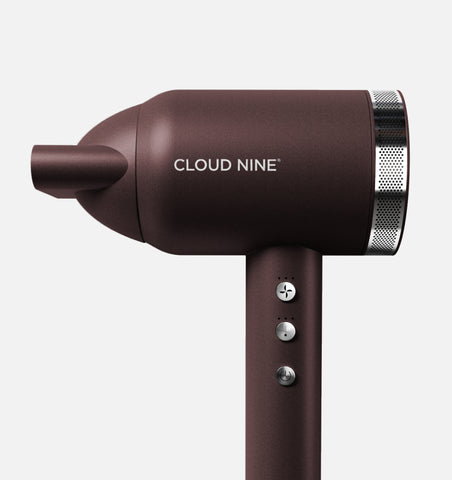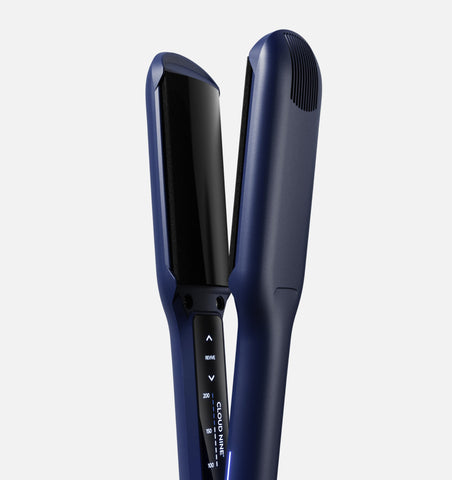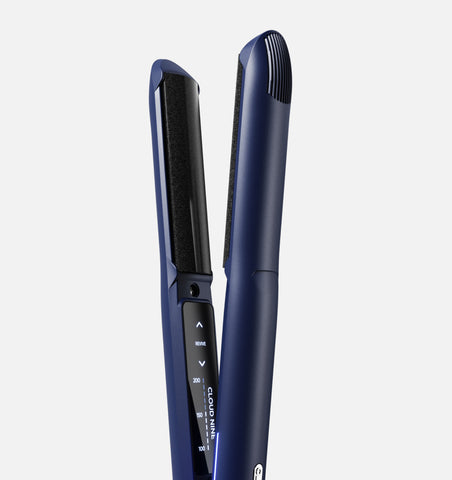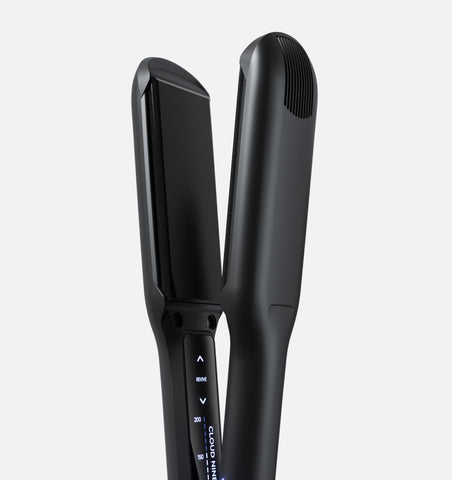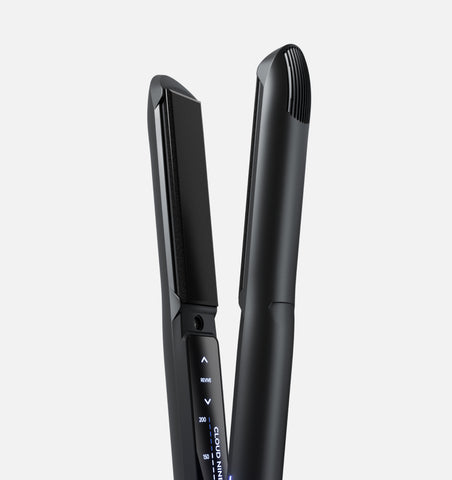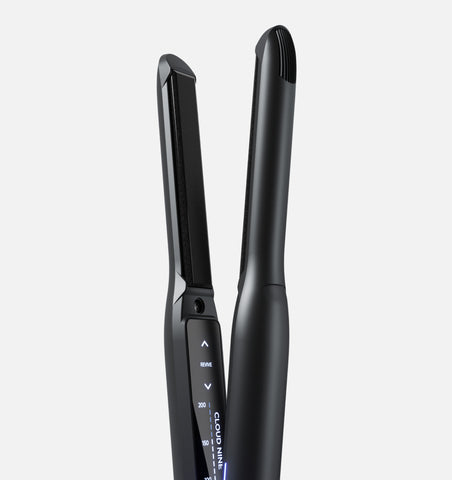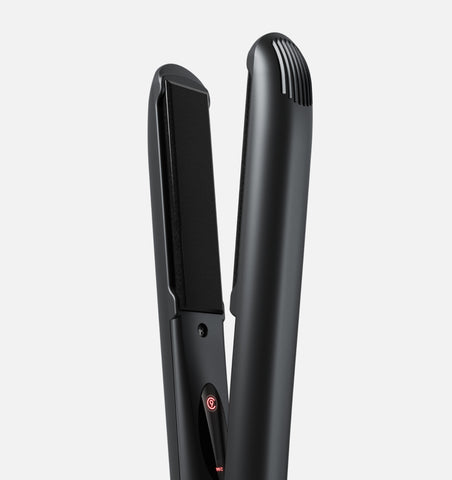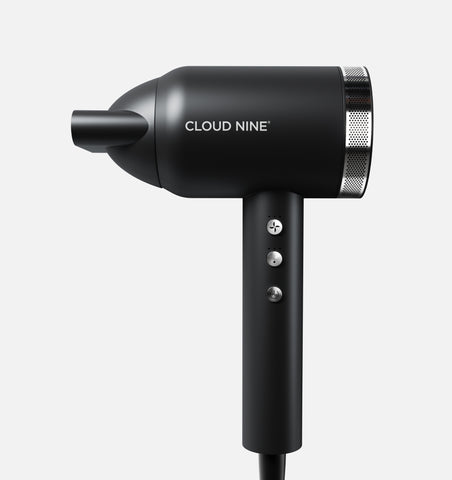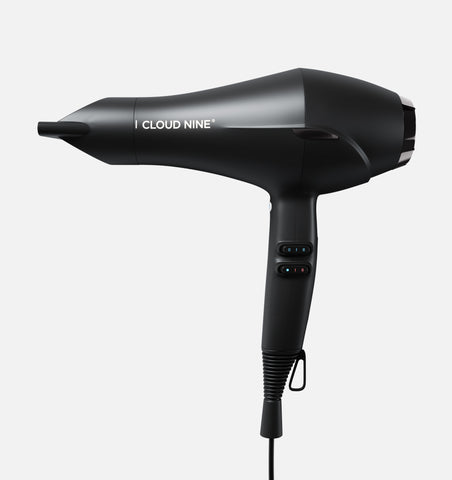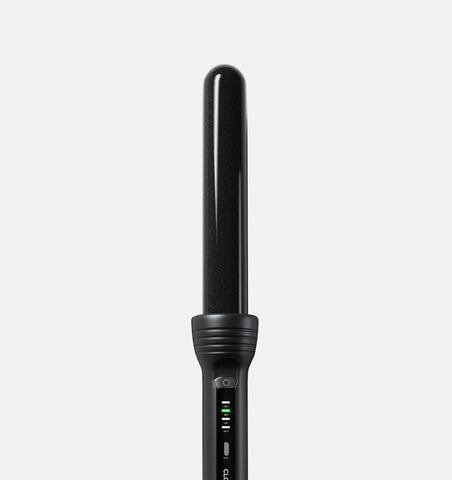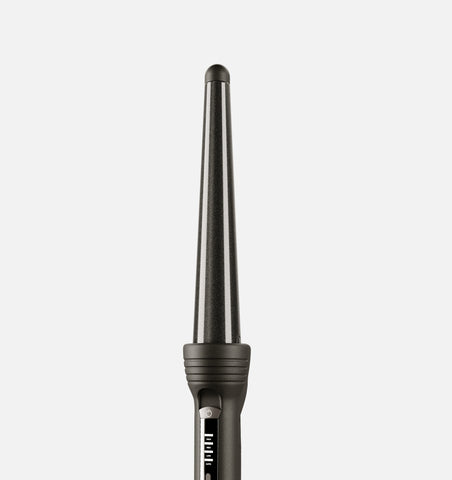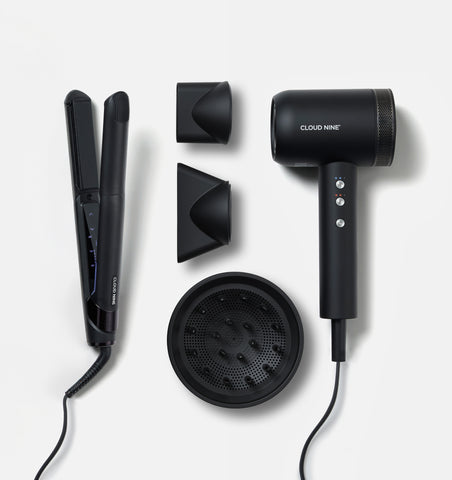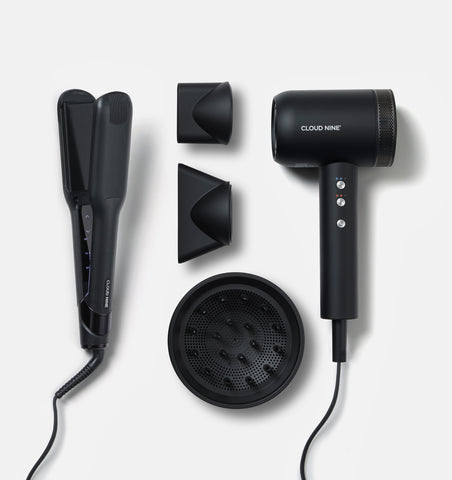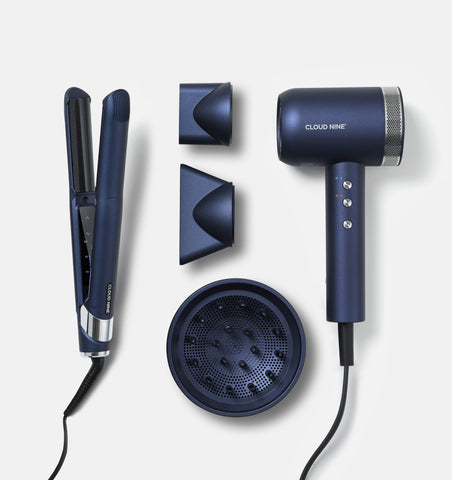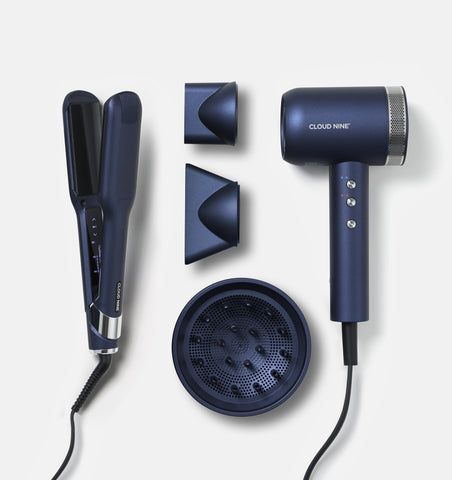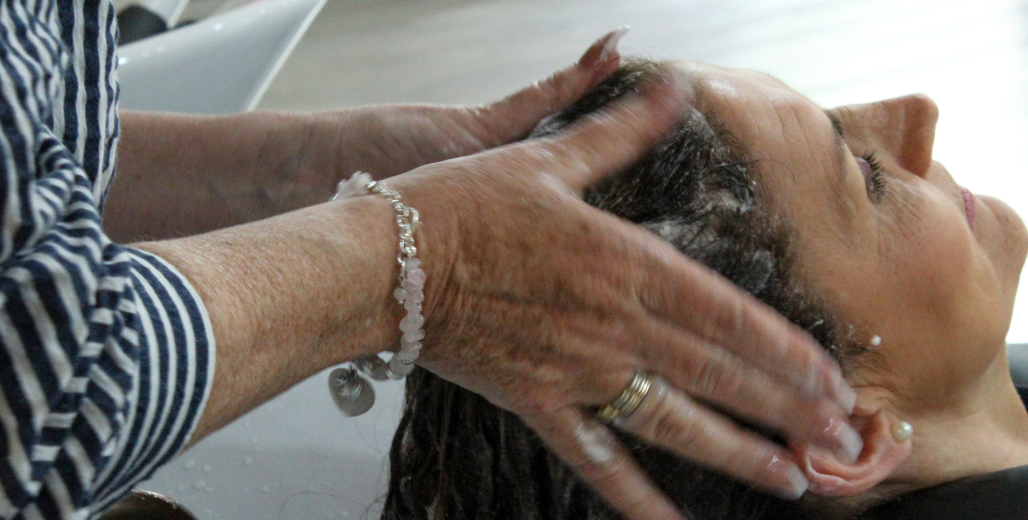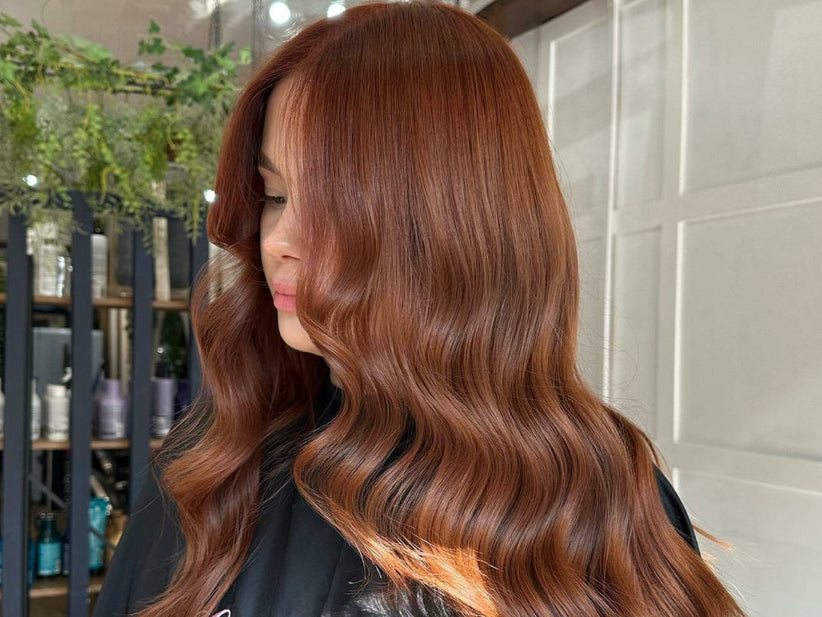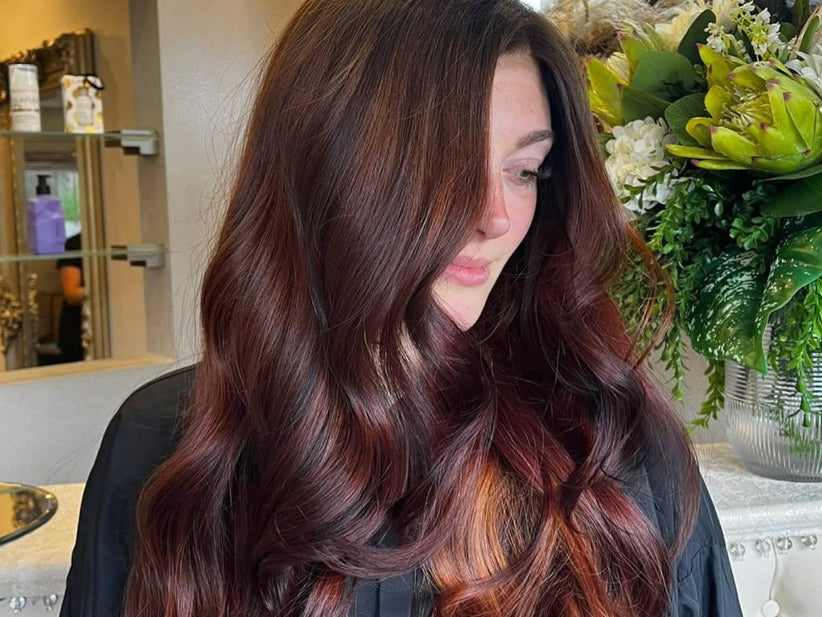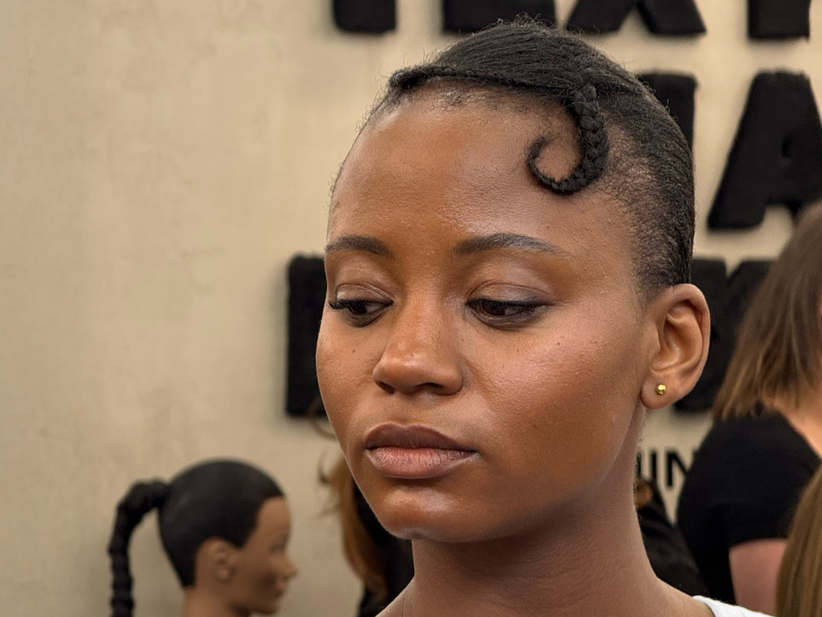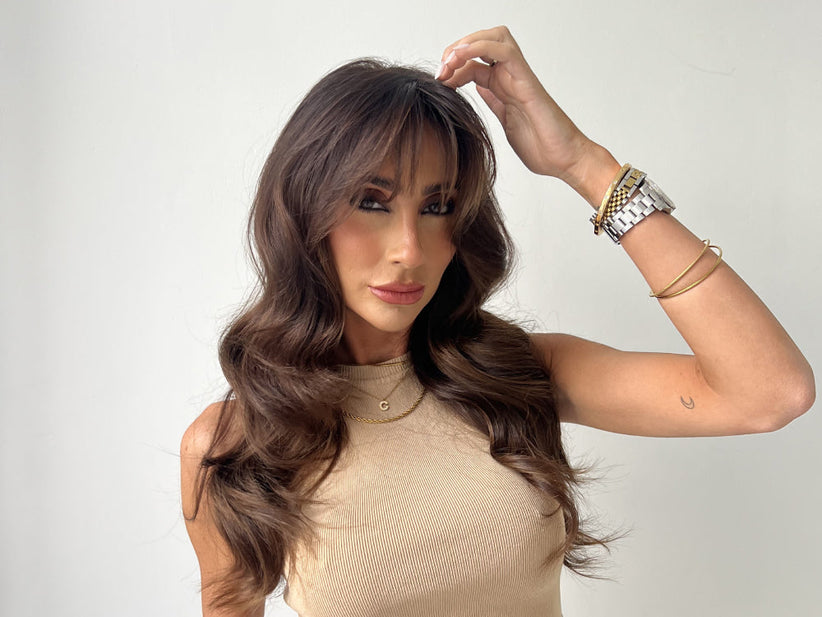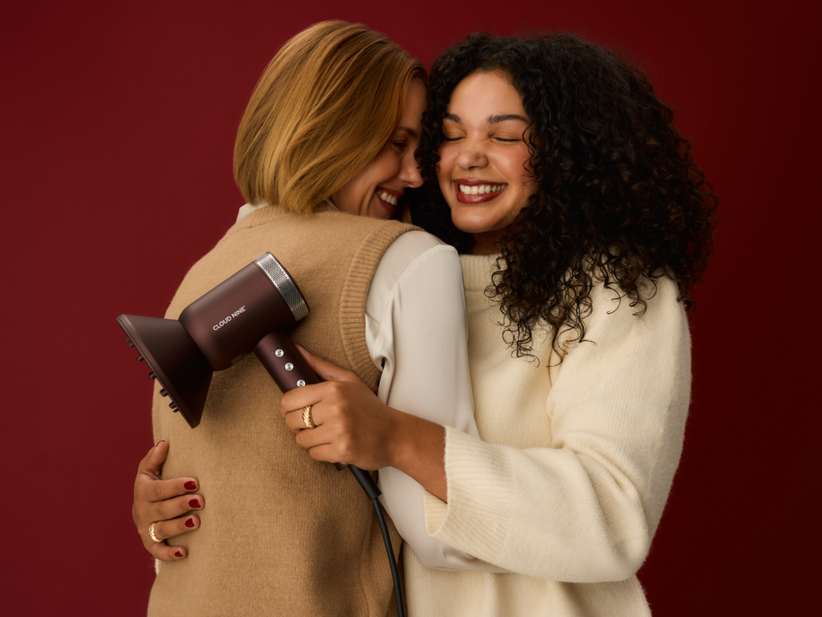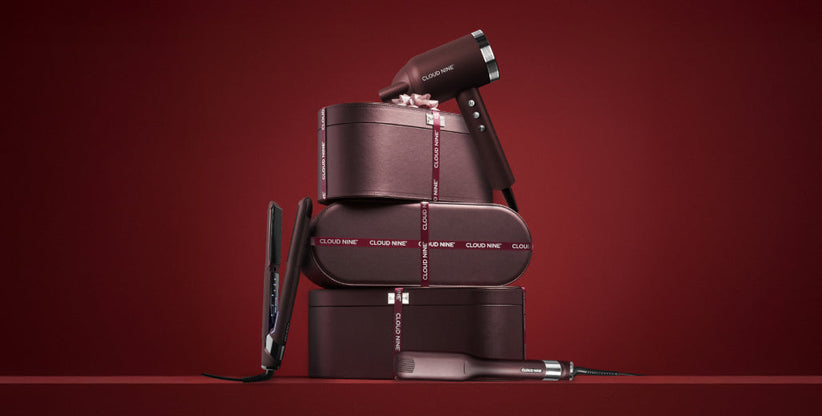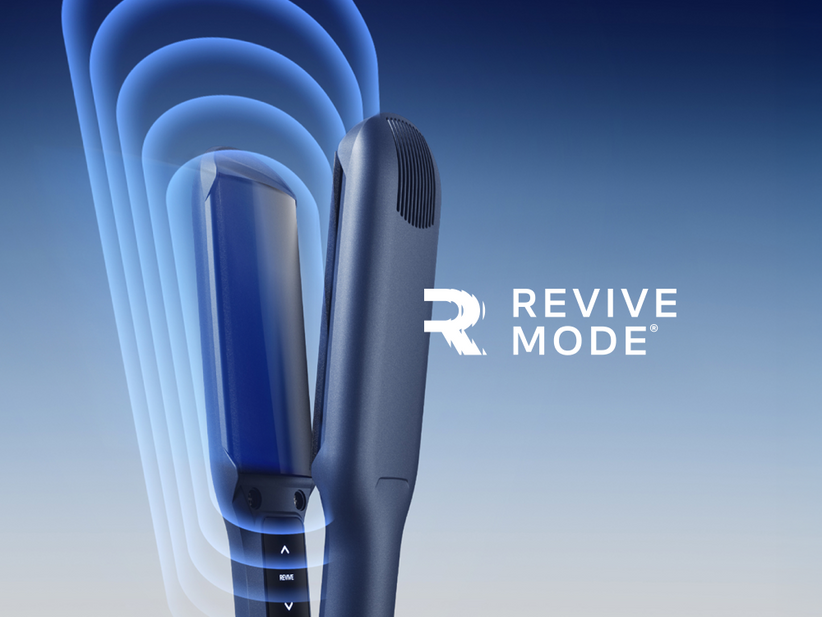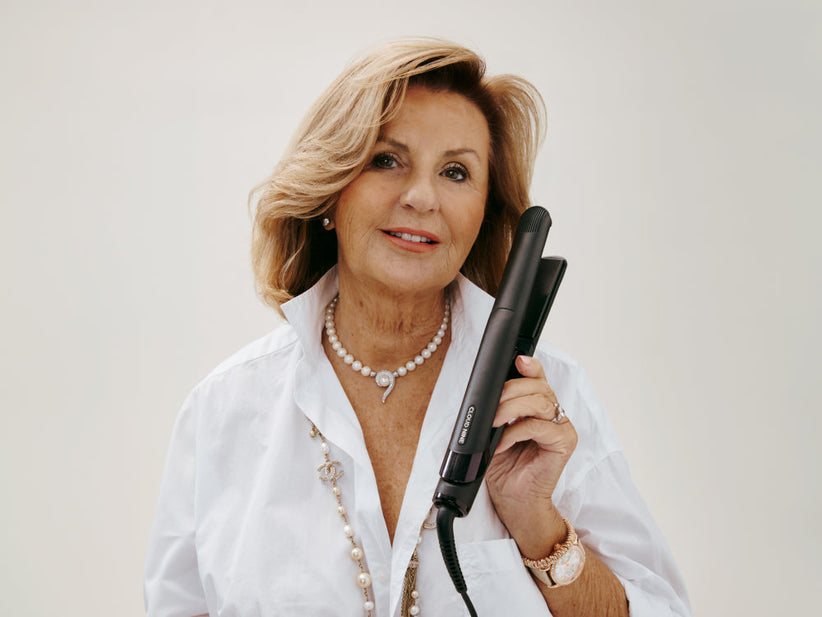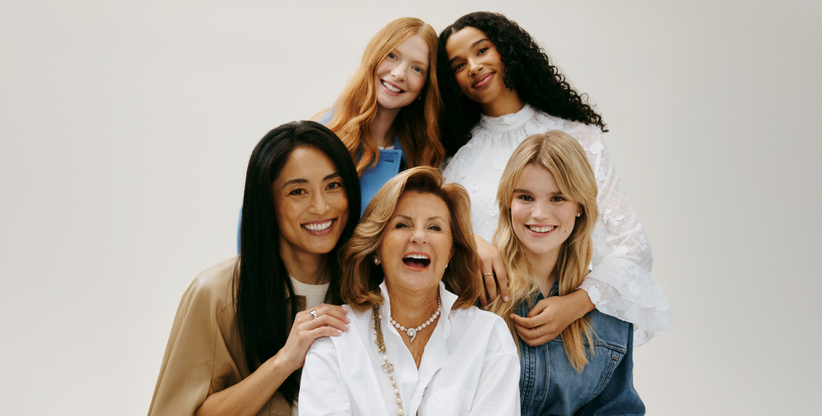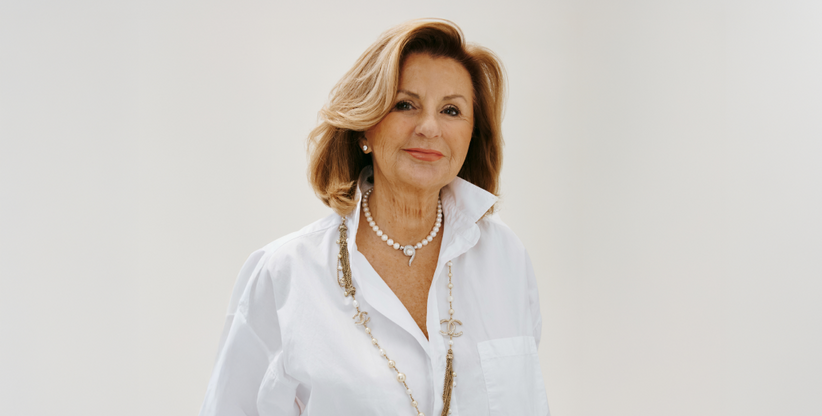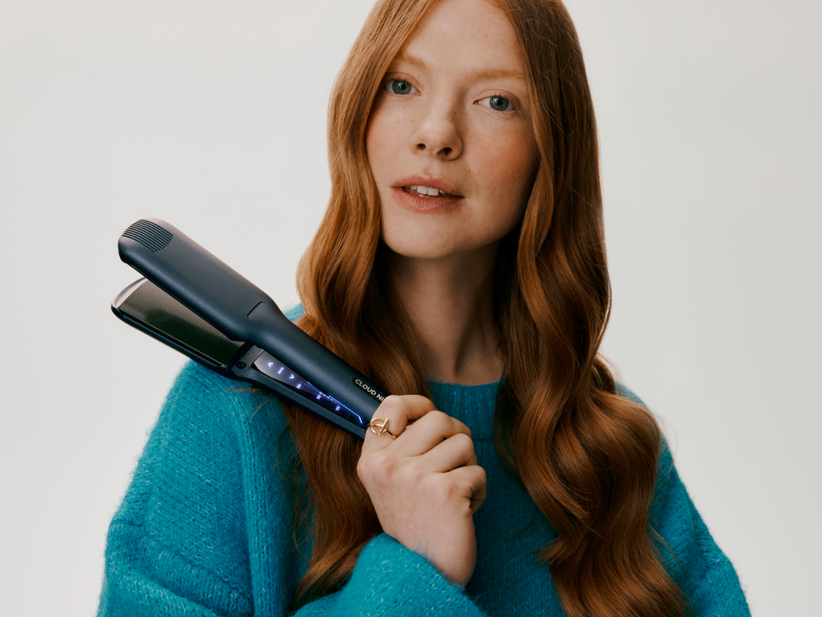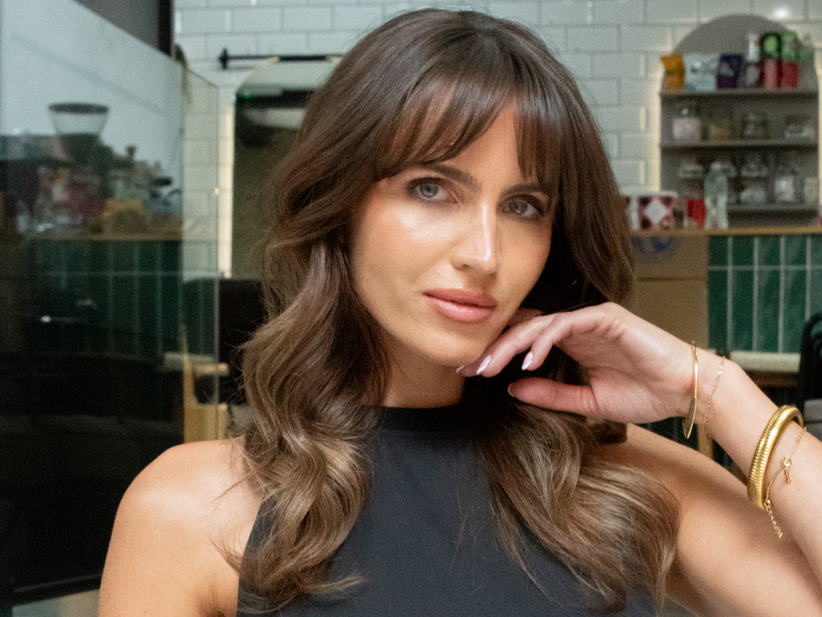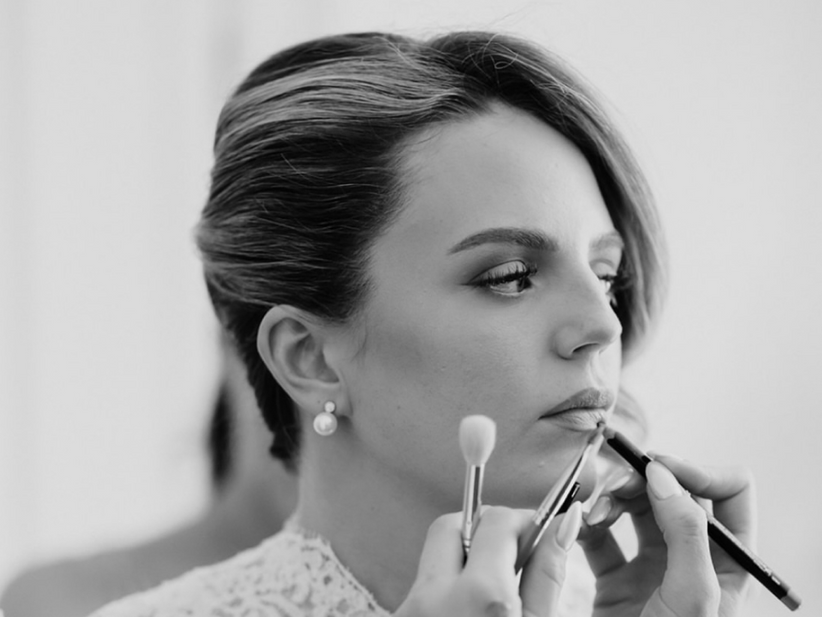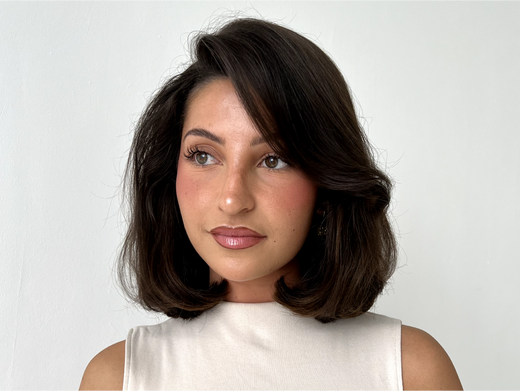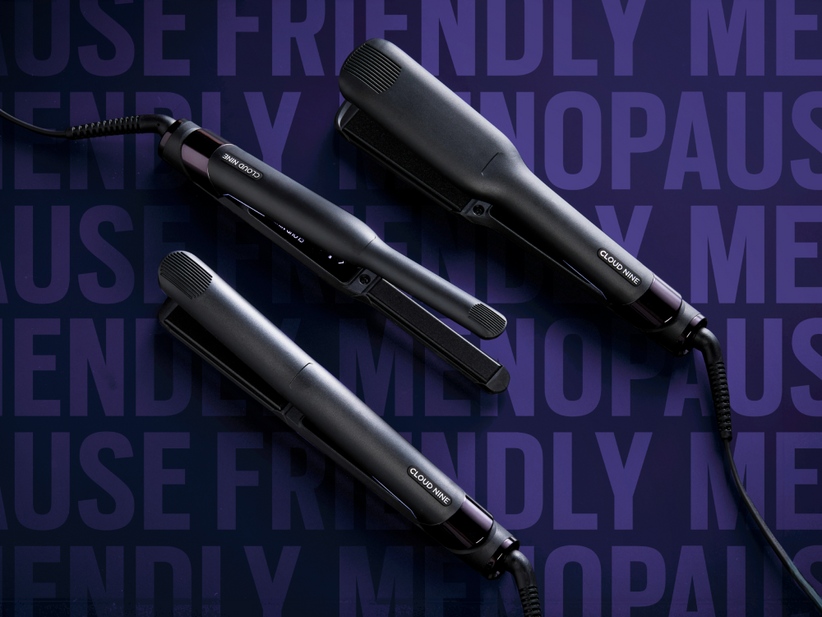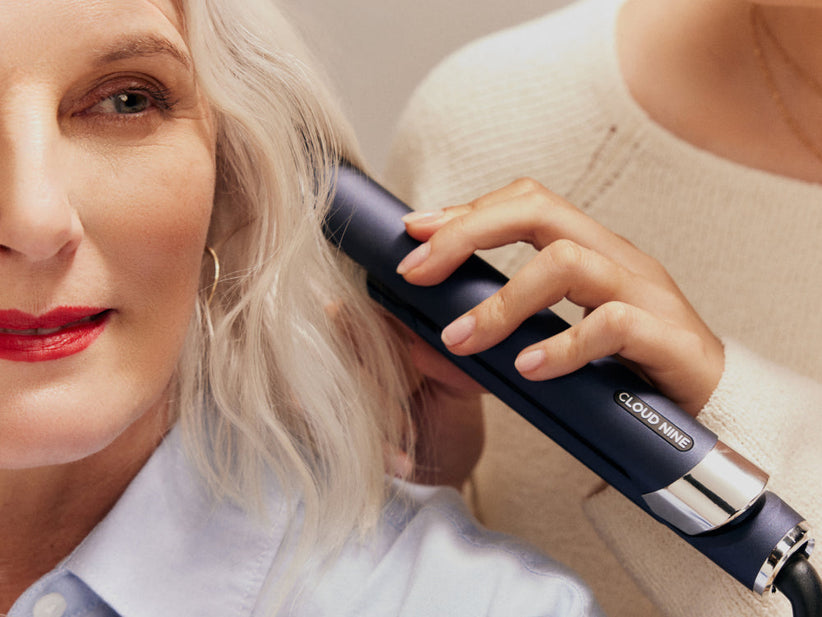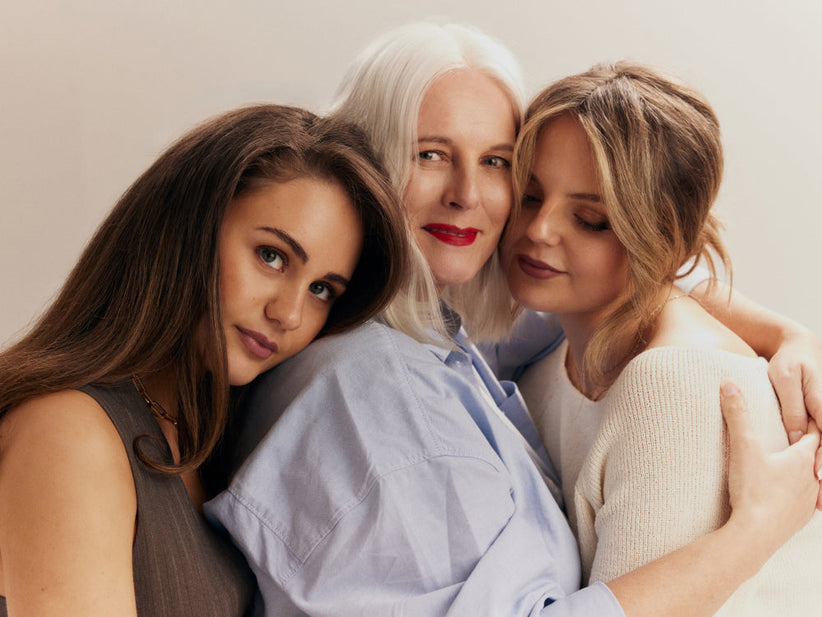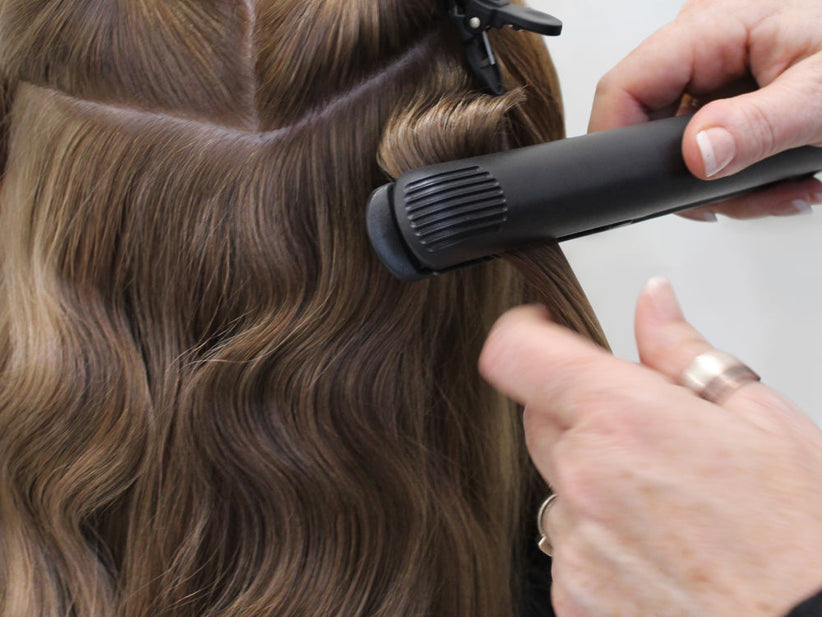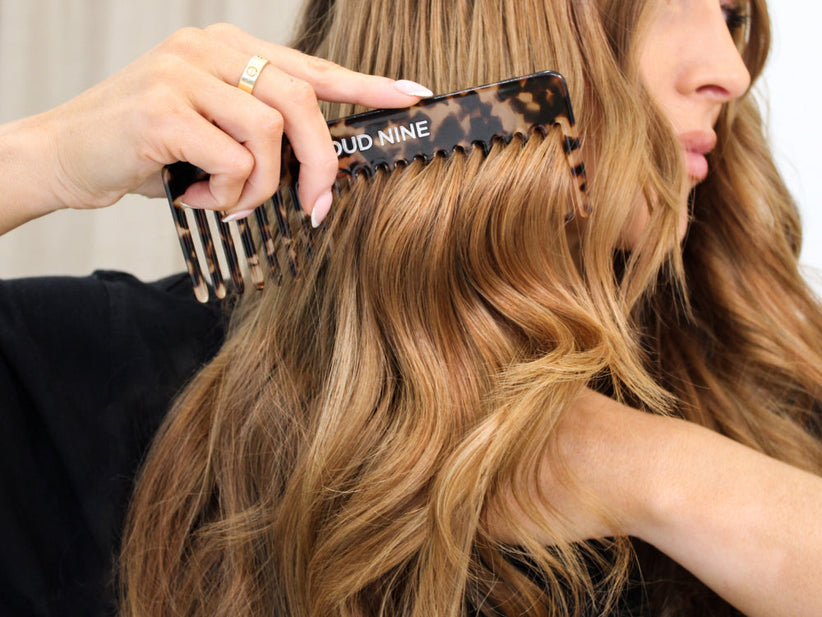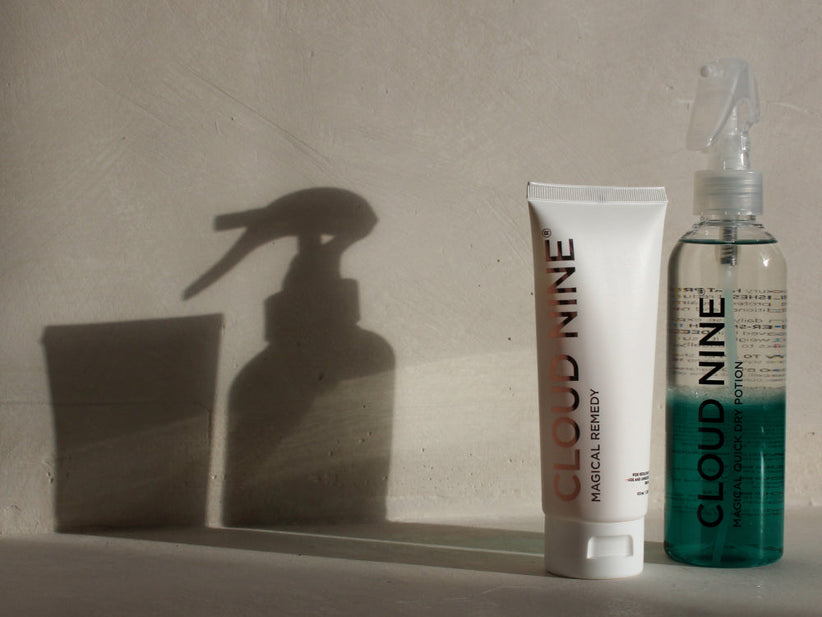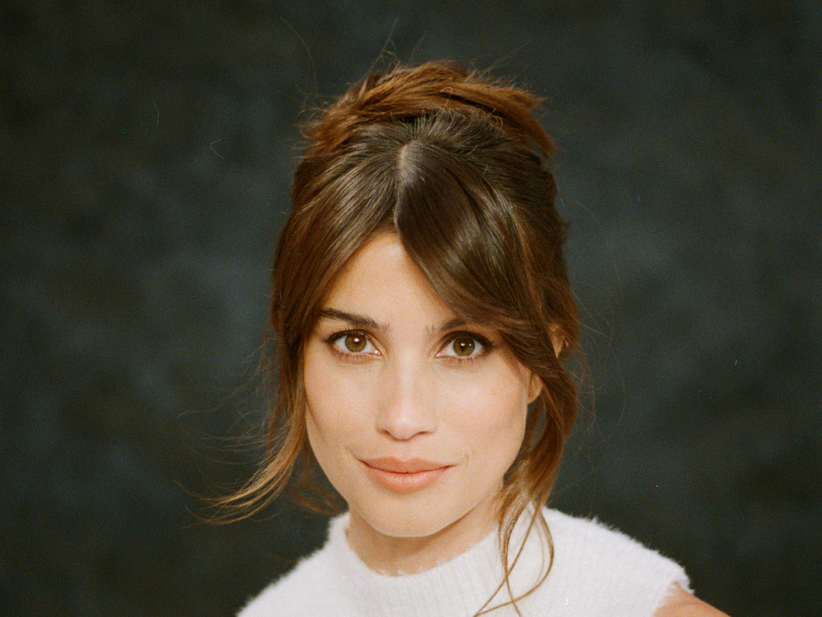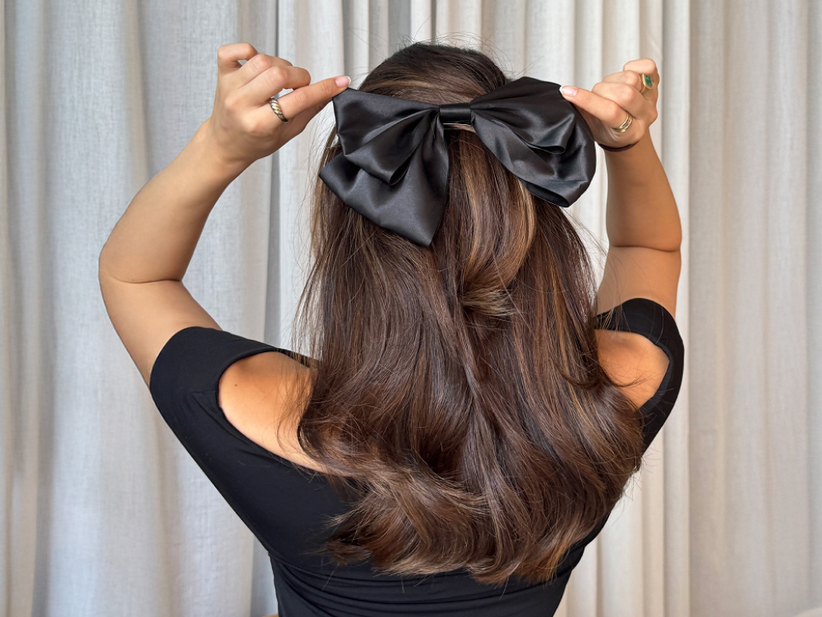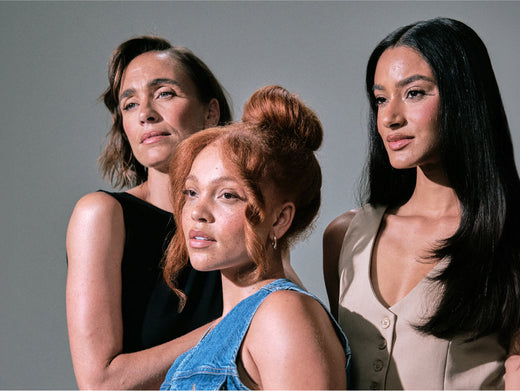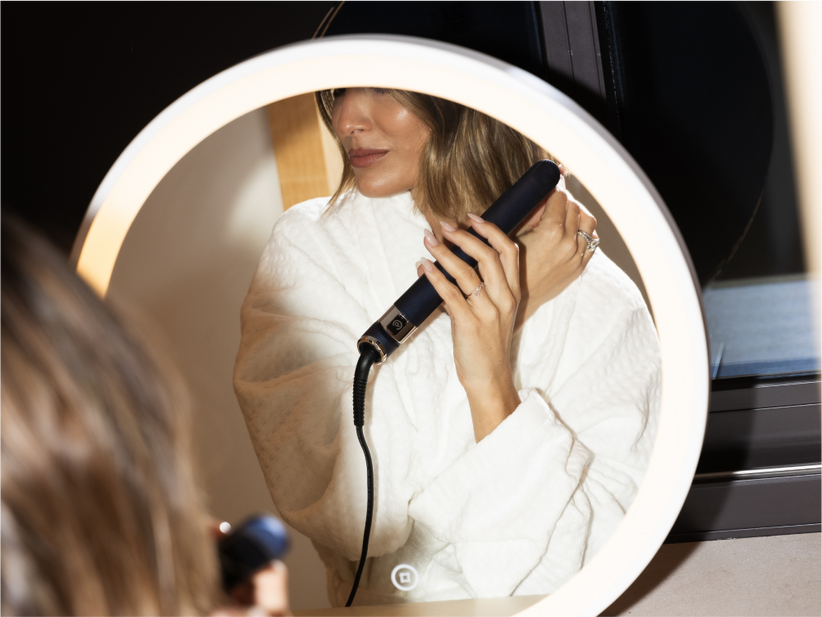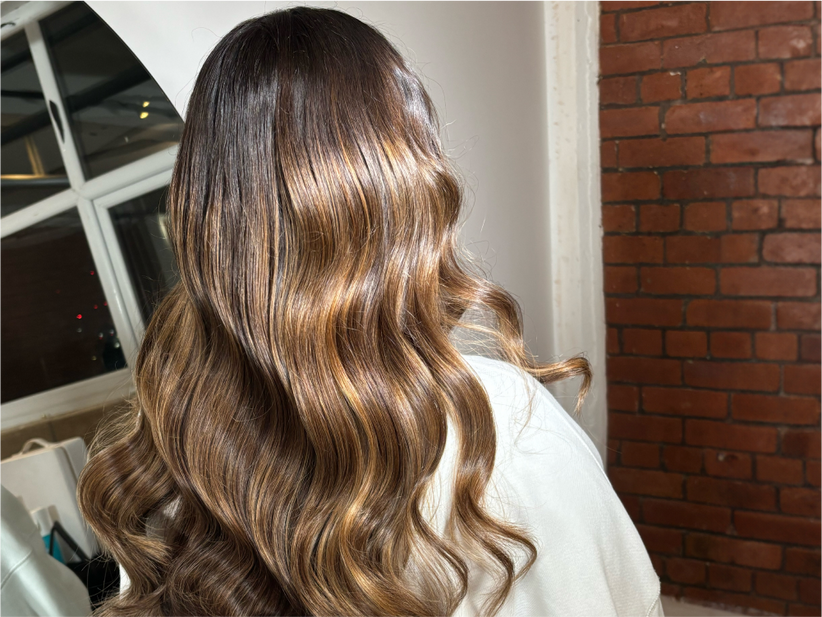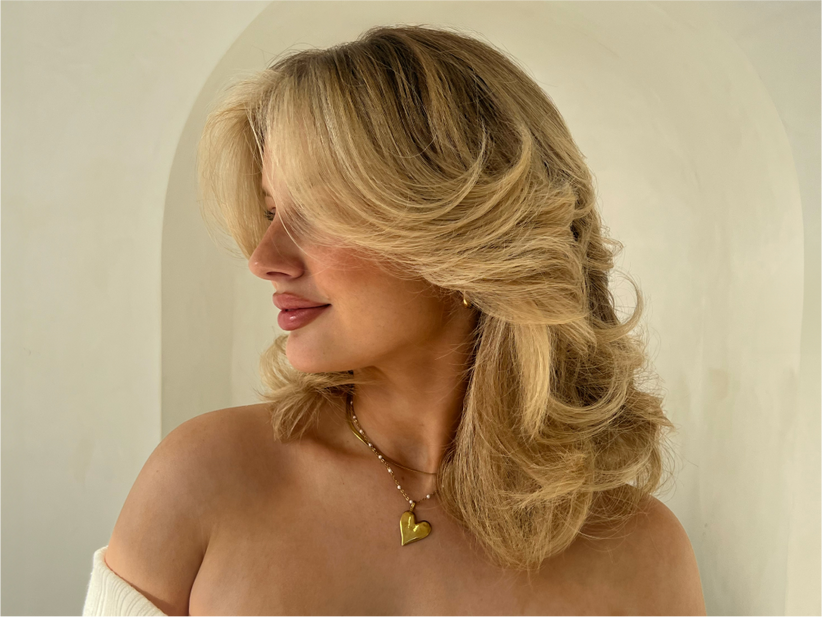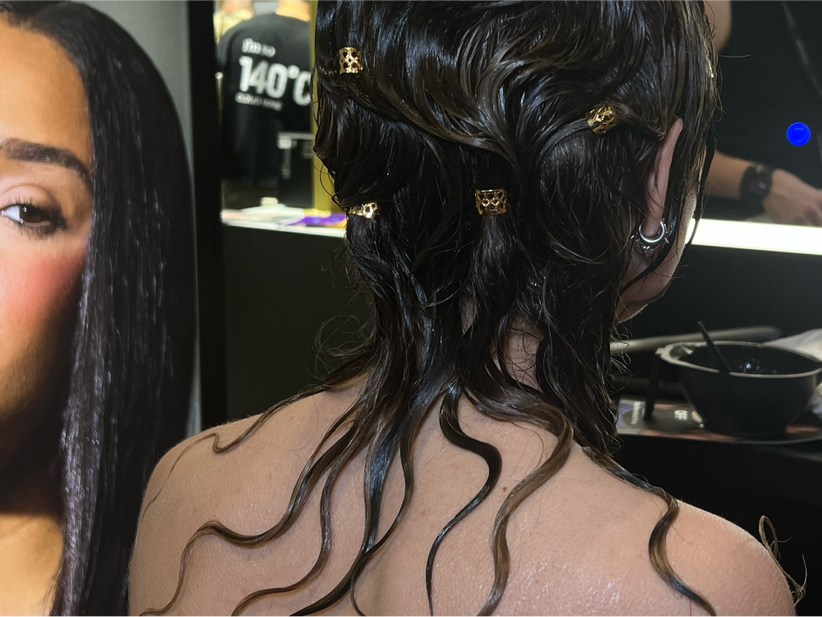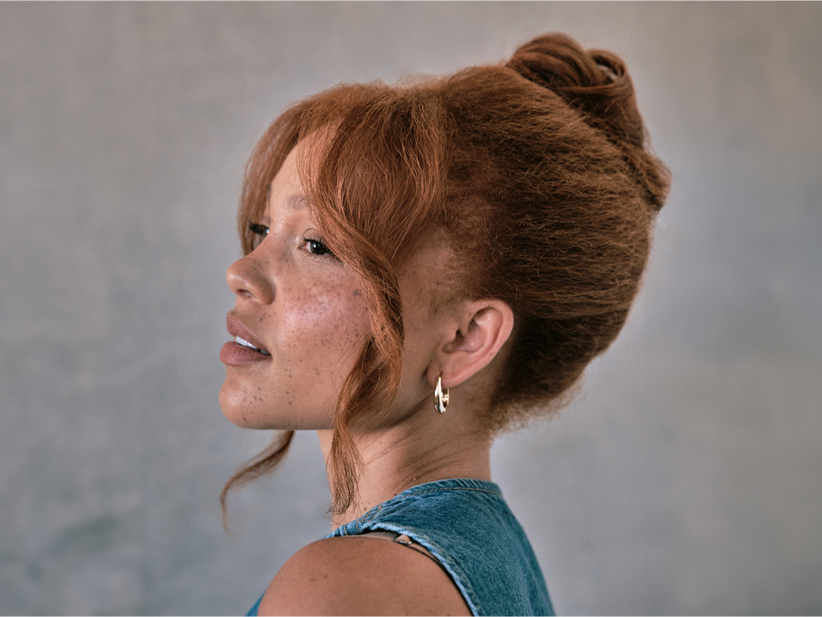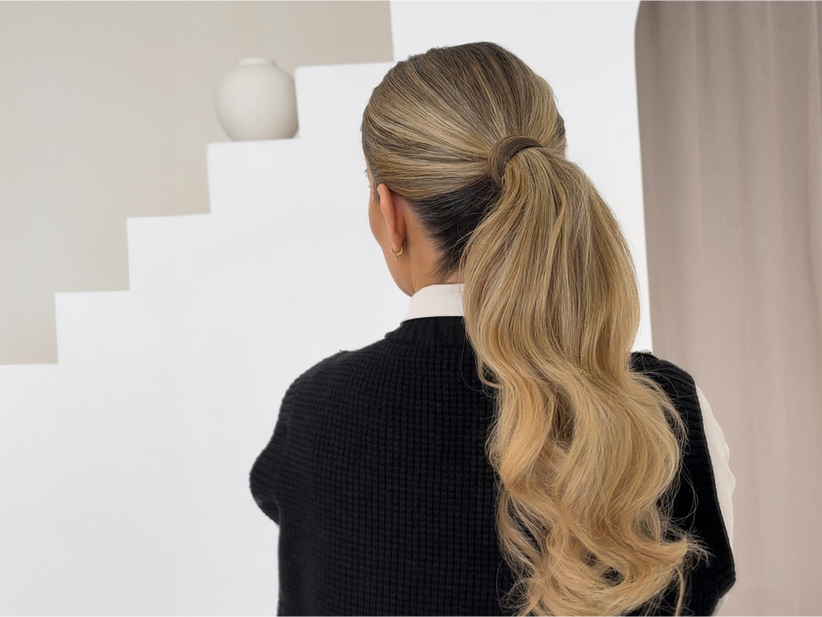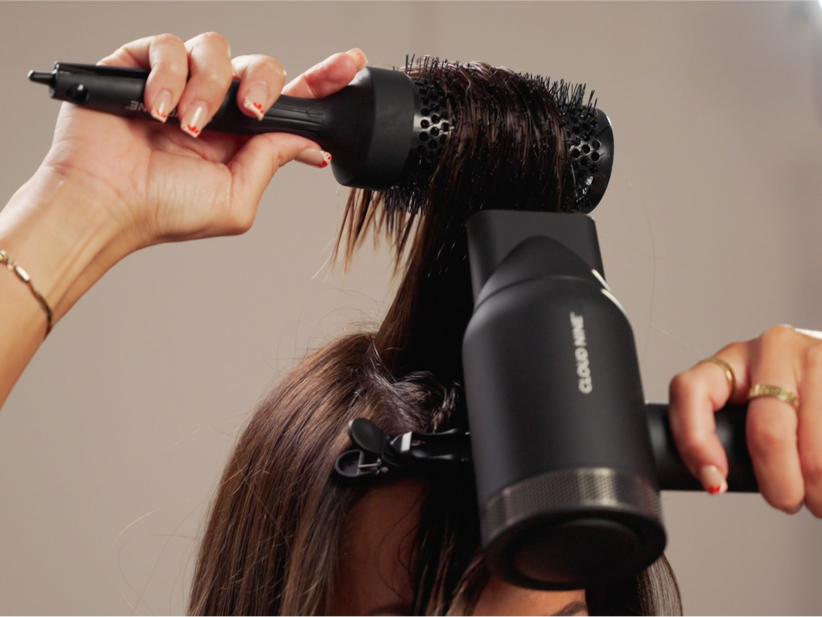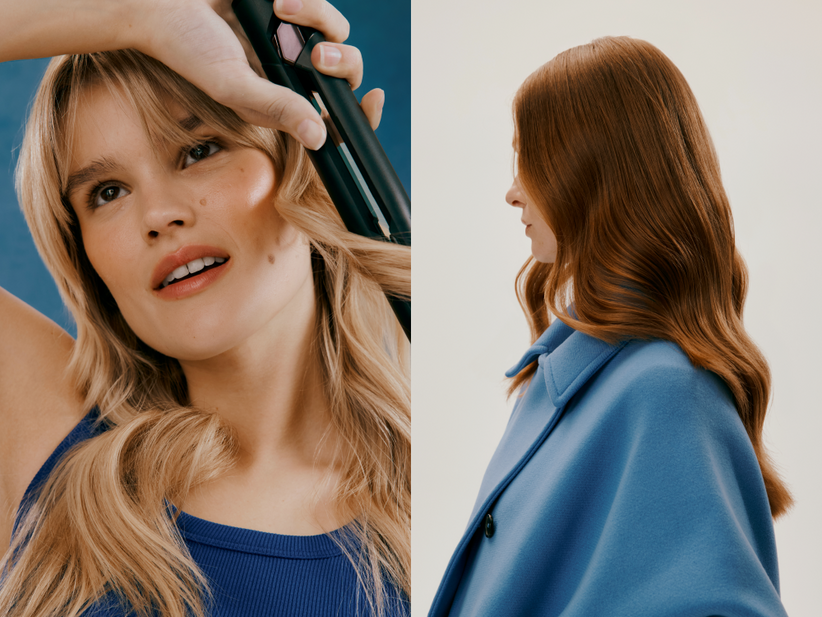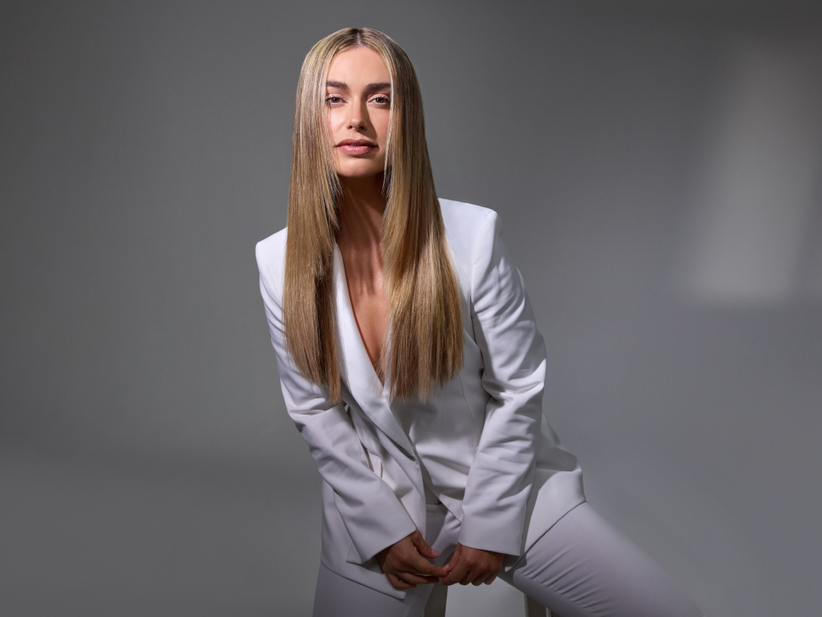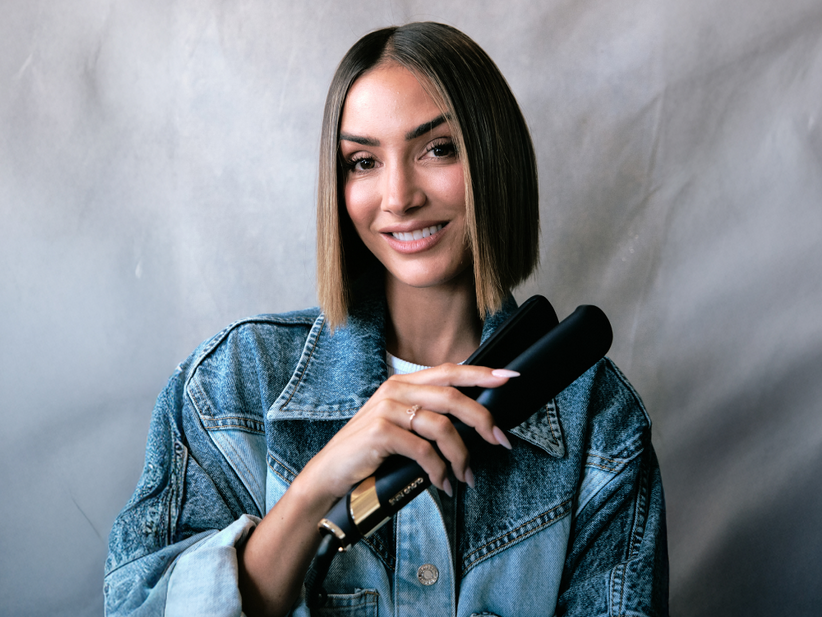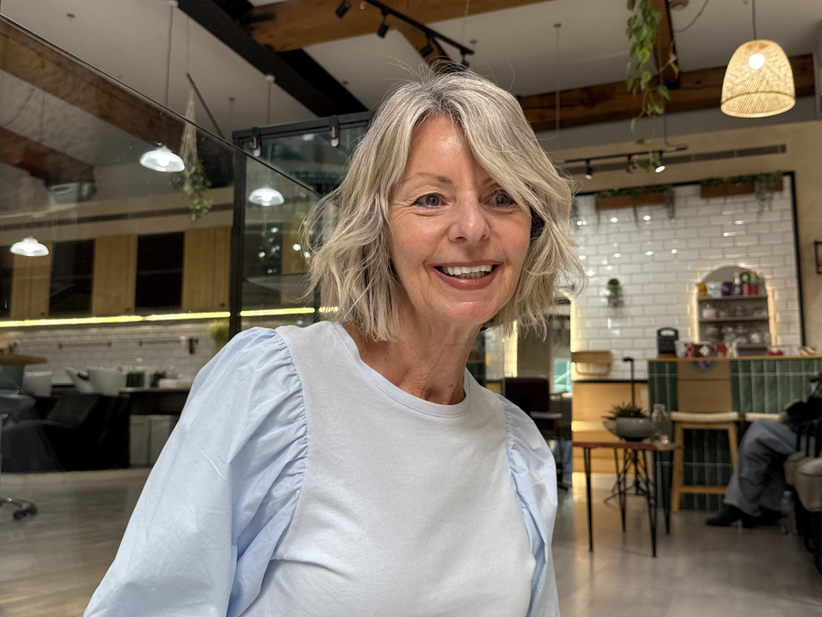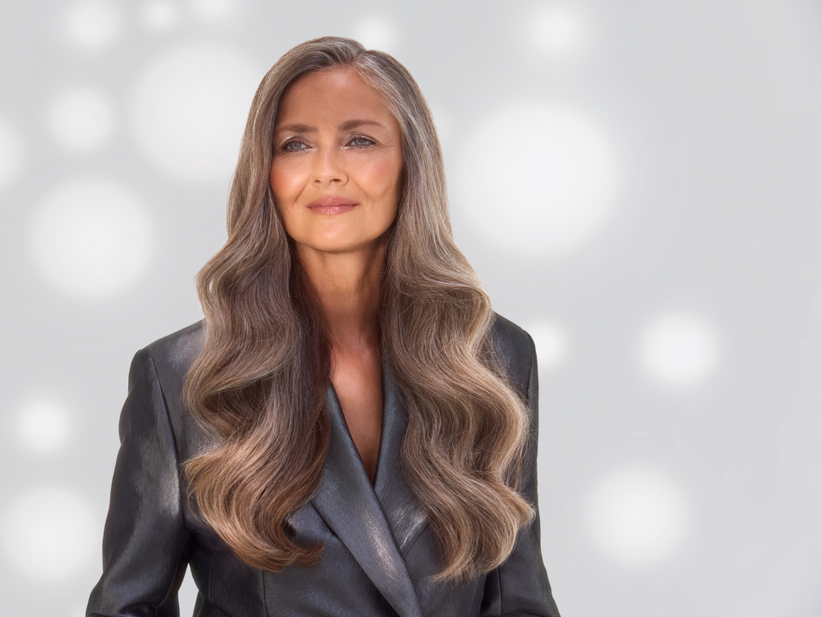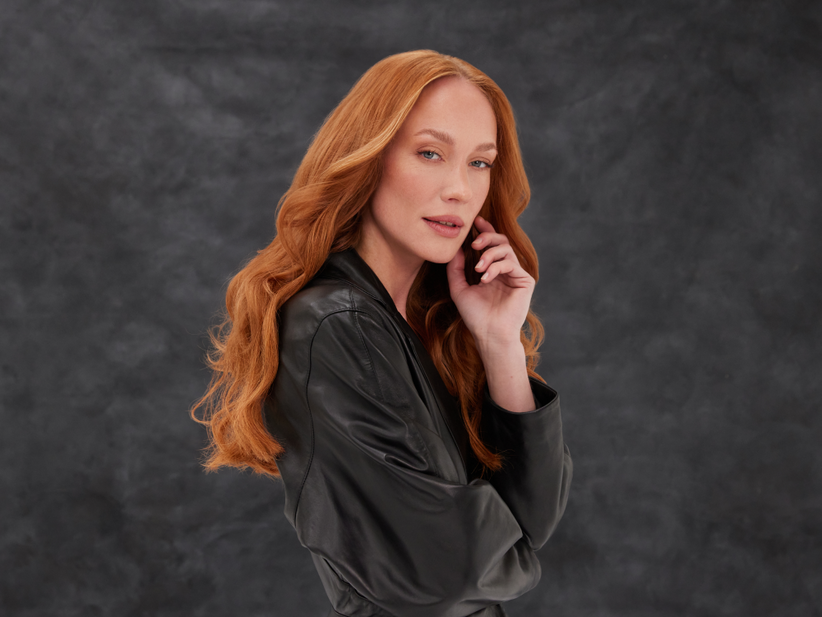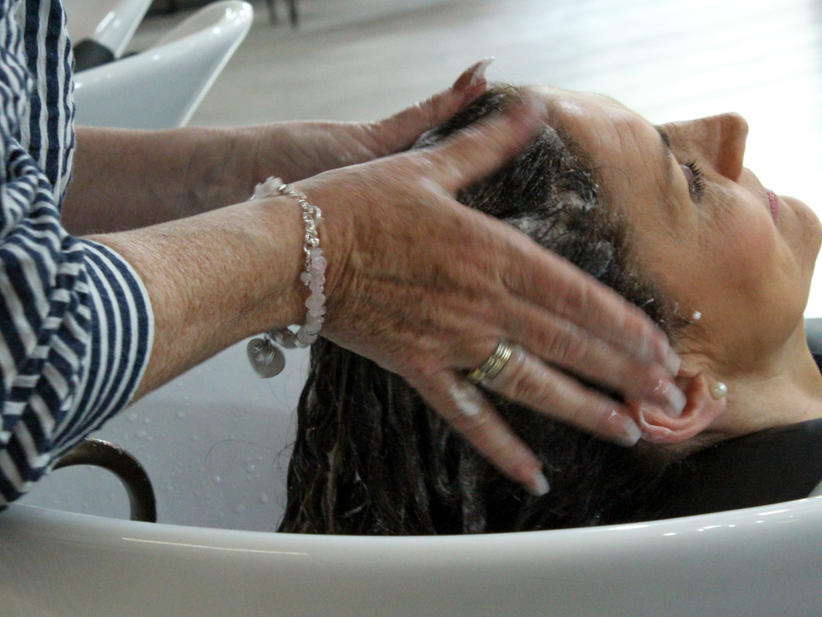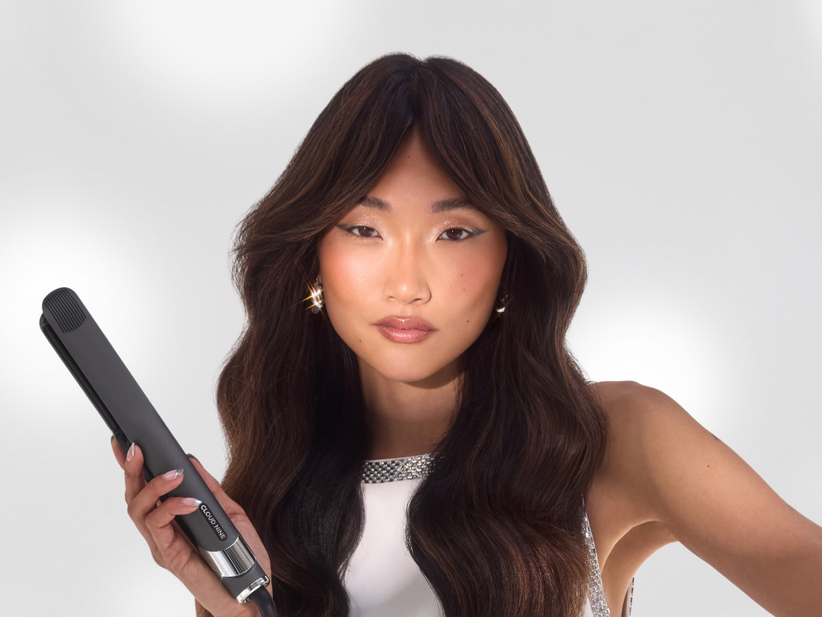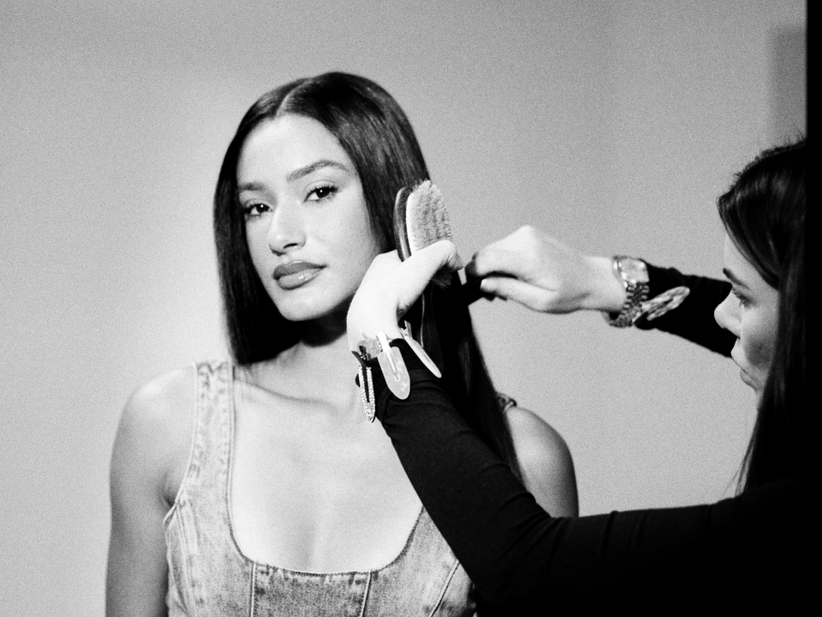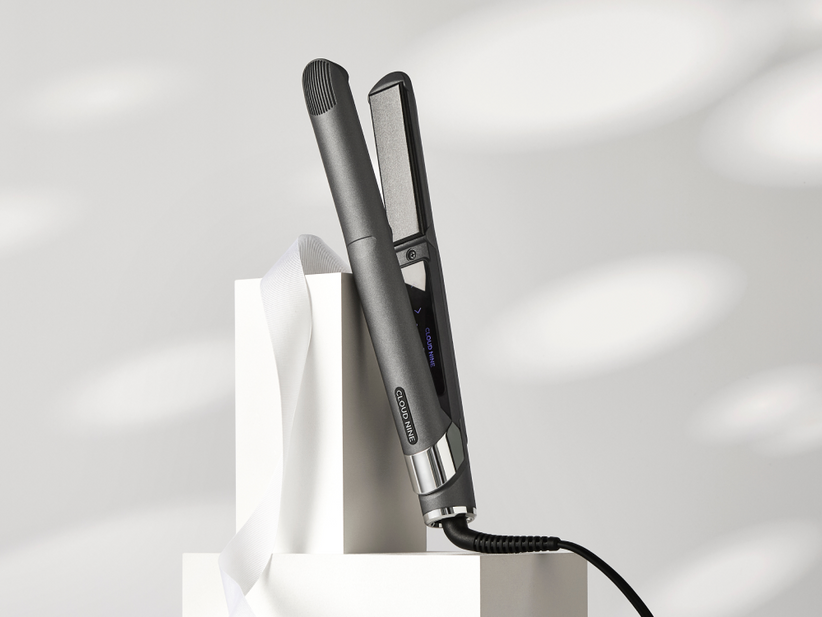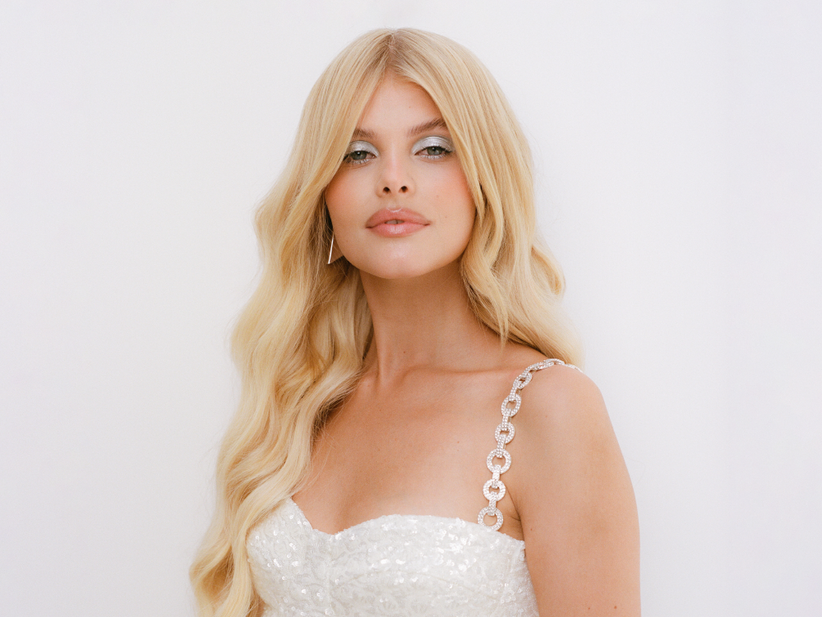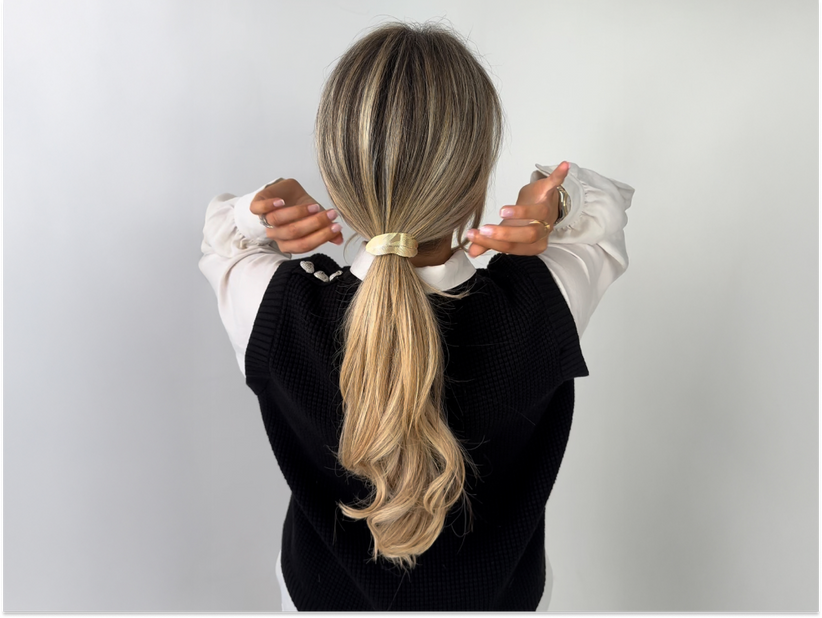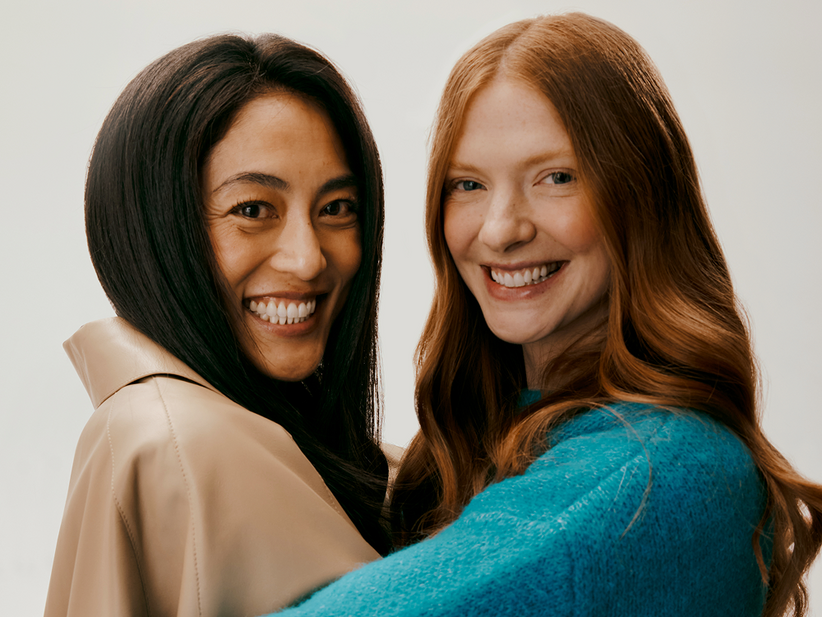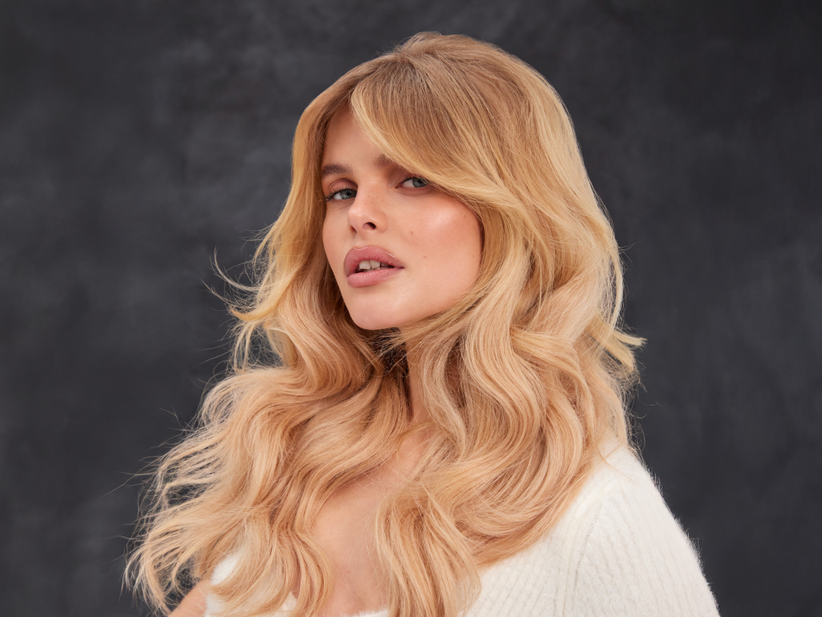Menopause is a physiological process that all women go through. From age to symptoms, menopause looks different for everyone – but it often involves hair loss or thinning.
According to some studies, approximately 50% of women over 50 experience some form of hair thinning during menopause. This can vary from minor thinning at the crown and parting, to patches of more noticeable hair loss.
Menopausal hair thinning can be a sensitive subject, but there’s no reason to suffer in silence. The hormonal changes you’re experiencing – particularly the drop in oestrogen – can’t be avoided, but there are ways to treat and manage the increased hair fall and hair thinning that can result.
WHAT DOES MENOPAUSAL HAIR LOSS LOOK LIKE?
Every woman’s hair reacts differently to the hormonal changes that occur before, during, and after menopause. However, there are some symptoms that are more common than others.
- Texture changes – It’s common to experience a loss or gain in volume or complete changes in texture. Hair may also feel more coarse and brittle as it loses elasticity. This can leave your hair more fragile and prone to breakage if not handled with care.
- Thinning and hair loss – Follicles transition into their shedding phase quicker during menopause due to a drop in oestrogen production. You may notice more hair is left on your hairbrush after brushing, in the shower drain after washing, or on your towel after drying.
- Scalp changes – Some of the most commonly reported scalp issues during menopause include dryness, thinning skin, increased sebum production, itching and irritation. Existing scalp conditions such as psoriasis and dandruff may be worsened.
Read our expert guide on understanding menopausal hair thinning and hair loss.
EXPERT TIPS FOR TREATING MENOPAUSAL HAIR THINNING AND HAIR LOSS
While it isn’t possible to entirely prevent menopausal hair loss, there are steps you can take to alleviate it. Take back control of your self-confidence with our nine tips for combatting menopausal hair loss.
1. Switch to gentle shampoos
A regular cleansing routine is the foundation of any healthy hair journey. Washing regularly with special attention to the scalp helps to prevent dry skin build-up. Throughout menopause, choose a gentle, sulphate-free shampoo that’s formulated to be less harsh on thinning hair, and try to avoid daily washing.
Harsh ingredients and vigorous scrubbing can strip the scalp of its natural oils and cause irritation. Instead, look out for products that contain biotin, keratin, and vitamins. These are formulated to strengthen and nourish to give your hair the best chance at healthy regrowth.
2. Use a nourishing conditioner
Reduced sebum protection can leave your hair lacking its usual lustre during menopause – or just as bad, overcompensating for dehydration by becoming oily. Prevent this with added moisture courtesy of hair masks, creams, and conditioners such as Cloud Nine's Magical Remedy. The beauty of Magical Remedy is it’s a 3-in-1 product that can be used as a nourishing wash-out conditioner, a leave-in conditioner, or a hair mask. Packed with naturally hydrating ingredients, it leaves your hair feeling smooth and supple.
3. Care for your scalp
Scalp health is key to stimulating hair growth – but many people forget to pay attention to this vital area. Keeping your follicles in tip-top shape is the best way to reduce hair loss and thinning, and encourage regrowth. For menopausal hair, we specifically recommend products that provide the following:
- Scalp exfoliation – Occasional scalp scrubs or exfoliating treatments can help to remove excess build-up of dead skin cells and sebum, helping your scalp to breathe and preventing dandruff, which can worsen hair loss. Exfoliation is also useful if you suffer from excess oil production during menopause. Look out for natural ingredients like salt and sugar or try a product that contains chemical exfoliants like salicylic once a week. Find out more about scalp care rituals.
- Scalp moisturisation – A healthy scalp grows healthy hair. Stave off dandruff and keep your scalp fresh with a nourishing lightweight scalp serum. Look for non-greasy formulas that won’t clog your follicles and contain moisturising and collagen-stimulating ingredients.
- Scalp massage – Massaging oils into the scalp can also help to boost circulation and provide a moisture surge, which can encourage follicles to remain in their growth phase for longer. Nourishing oils like argan or coconut offer a layer of protection to your freshly washed scalp.
4. Turn down the temperature on heated styling tools
Hair can become more brittle, fragile, and prone to damage during menopause. But if you regularly blow-dry, curl or straighten your hair, there’s no need to stop in menopause. Instead, adjust the temperature to suit your hair’s new needs. This means using the Variable Temperature Controls to turn the heat down. Offer your hair enhanced protection in its more fragile state with a heat protectant like Cloud Nine's Magical Quick Dry Potion.
The Original Iron is the ideal tool for keeping your confidence up during menopause. Its 11 temperature settings put you in control, while Revive Mode™ vibrates the plates at 8,000 times per minute to deliver sleek, straight, healthy results at a lower heat.
To discover the perfect heat for your menopausal hair journey, use the Cloud Nine Temperature Calculator.
5. Eat a diet rich in vitamins and protein
Nutrition plays a leading role in hair health at every age and life stage, but it’s even more significant during menopause. Enjoy a varied diet full of hair-friendly nutrients. The top ones to prioritise are:
- Protein – 80-90% of the hair is made up of keratin. We should be aiming for about 0.8g per kg of body weight per day – for women, that’s about a palm-sized amount per meal. Choose low-fat protein options like nuts, beans and pulses, eggs, and lean meats.
- Iron – 30% of the population is anaemic, meaning they don’t get enough iron in their diets. Iron is important as it helps to keep hair in its growth cycle for longer. Iron-rich foods include red meat, beans and nuts.
- Omega 3 fatty acids – Fatty acids are key to keeping your scalp and hair hydrated and nourished with natural oil production. Load up on kale, sprouts, oily fish, nuts, and seeds.
- Water – We all know staying hydrated is essential for keeping our body healthy. However, it’s also a vital building block of healthy hair. Sip on water throughout the day and get extra liquid from soups, smoothies, fresh fruit, and herbal tea.
- Vitamins A to K – Add colour to every meal with fruit, vegetables, grain and seeds packed with vitamins and minerals that promote healthy skin and hair.
Discover more about how to nourish your hair through nutrition.
6. Take supplements for hair health
Supplements should never be used as a replacement for a balanced diet, but alongside one, they can help to maintain your hair’s condition and appearance throughout the menopause. We recommend checking with your doctor before taking supplements, but some common ones that are associated with maintaining healthy hair growth are:
- Collagen – Most people’s natural collagen production begins to decline around the age of 25, and reaches about 50% of its original rate by the age of 50. This impacts the strength and quality of the hair produced.
- Calcium and Vitamin D – When oestrogen production drops, the body requires more dietary calcium and vitamin D, not only to keep bones strong but to promote healthy hair growth.
“The nutrients that our bodies need to stay healthy alter as we get older. During perimenopause, it’s the vitamins and minerals that regulate our hormones that become incredibly important. Omega 3, Evening Primrose Oil and Magnesium, in addition to vitamins B, D and K can help to support overall well-being.”
Marie Nieuwoudt, Group Education Manager at Cloud Nine
7. Hydrate
Water is the essence of life. We all know staying hydrated is the key to glowing and clear skin, but what about the hair?
Well, proper hydration can help to keep your hair supple and strong – something that’s especially important in menopause, when the hair is naturally more susceptible to breakage, split ends and brittleness.
Remember how important blood flow is for delivering those much-needed nutrients, vitamins and hormones to your roots? Well without adequate hydration, this process won’t be as efficient.
“Staying hydrated both internally – by drinking water – and externally – through the products that we use – is vital during the perimenopause. We lose moisture much quicker, and the hair - as a non-essential tissue – is one of the first places to feel it.”
Marie Nieuwoudt, Group Education Manager at Cloud Nine
8. Reduce stress
Stress doesn’t just make your mind feel busy and your body tense. It can also impact your hair health – especially during menopause, when hormonal fluctuations are already contributing to significant changes in the body.
One of the most effective ways to tackle this is to take some time to relax and de-stress. This could be through yoga, breathing exercises and meditation, or simply indulging in your hobbies.
“Being kind to yourself during menopause goes beyond being kind to your hair. Consider alternative therapies such as yoga, aromatherapy and massages. Some people find that certain essential oils can help to support emotional wellbeing, increase energy levels and stabilise mood changes. Overall, it’s key to take time to understand how both your physical and mental wellbeing are changing.”
Marie Nieuwoudt, Group Education Manager at Cloud Nine
9. Exercise
Exercise may not be a proven treatment for menopause, but we don’t need scientific research to tell us that it makes us feel good!
As well as reducing stress and helping you to maintain a healthy weight, exercise is a key component to managing your mood and getting your blood flowing, keeping those hormones as balanced as possible.
Choose a form of exercise that you genuinely enjoy, whether that’s something gentle like yoga or swimming, or a challenge in the form of weight-lifting or long-distance running. Remember, it’s all about getting you moving and boosting your move.
10. Use a silk pillowcase
With your hair already in a more fragile and delicate state, excess heat and friction are not what you need.
Instead, invest in some 100% natural silk pillowcases. Real silk absorbs less moisture and retains less heat than other materials such as cotton and polyester. This means that when you lay your head on it to sleep, more of your hair’s natural moisture is retained, and your hair stays cool, preventing dehydration.
Silk pillowcases and hair accessories also reduce friction against your hair, preventing breakage and frizz – especially when your hair is already struggling for moisture.
11. Experiment with wigs or extensions
However well we care for our hair and general health, the hormonal changes of menopause cannot be prevented. That often means some hair loss and thinning are unavoidable.
If your hair loss is getting you down, wigs and hair extensions may offer a confidence boost while you wait for regrowth. Today, there is a variety of natural human hair and synthetic hair wigs and extensions available in a range of colours and textures, so you can choose one that matches your own hair, or experiment with a new look. Some human hair pieces can even be styled with your favourite heated styling tools, like the Cloud Nine Original Iron.
For more tips on choosing, styling, and caring for wigs and hair extensions, read our 9 Tried and Tested Wig and Extension Tips. If wigs and extensions aren’t your thing, try 9 Volumising Tips For Thin Hair to find the perfect styling advice to give thinner hair a boost.
12. Seek medical and topical treatments
If you’ve made dietary and haircare changes but you’re still concerned about your menopausal hair loss, it’s perfectly normal to consult a doctor – both to set your mind at ease that there are no other more serious underlying causes and to seek medical advice and treatments.
Minoxidil is an increasingly popular topical hair loss treatment for both men and women. It works by increasing scalp blood flow to stimulate the hair follicles to enter and stay in the growth phase. Consult your doctor or pharmacist to discover whether this could be an option for you.
One popular treatment is hormone replacement therapy (HRT), which restores the oestrogen depleted during menopause to relieve menopausal hair loss, including, in some cases hair loss and thinning. If hair loss is your main menopausal concern, discuss HRT with your GP, as some therapies are hair-friendly, but others aren’t beneficial for this specific issue.
If you’re trying HRT, be patient. The effects on your hair could take a while to show. As hair grows just one centimetre a month on average, it may take four to six months to see a difference from HRT.
13. Over-the-counter treatments
You may not need to go to your doctor to find a solution that works for you. Many treatments for hormonal hair loss are now available over the counter.
One of the most popular, and proven options is an ingredient called minoxidil, which is incorporated into shampoos and hair lotions. These are applied to the scalp dry and stimulate hair growth by improving blood flow to the scalp and prolonging the growth phase.
Another option is ketoconazole shampoo, which can help to stimulate hair growth by lowering testosterone levels in the hair follicles.
14. Keep your stylist close
Finding a hairdresser that you trust is a life milestone. When it comes to adapting to your menopausal hair, that trusted stylist becomes your most valuable ally.
A life-long hairdresser is a life-long friend – they know your hair inside out and have probably seen it at its best and worst, so will be able to spot the effects of hormonal changes before you do. Plus, they’ll have the tips to get your hair through the menopause with minimal damage.
“Scheduling a regular haircut is essential to monitor and maintain healthy hair. Don’t be afraid to tap into the expertise of your stylist. Ask them for advice on how to navigate your hair type and texture as it changes. Whether it’s simply a product recommendation, or pointing you towards a medical hair loss professional, your stylist’s professional expertise and long-term relationship with you puts them in the ideal position to advise on menopausal haircare.”
Marie Nieuwoudt, Group Education Manager at Cloud Nine
You’re not alone in your experience of menopausal hair loss. While it can feel isolating and frustrating, it doesn’t have to be the end of healthy hair. Your hair may never return to the texture, thickness and pattern it was before menopause, but you have the opportunity to embrace the change.
That being said, it’s completely normal to feel insecure or stressed out by changes to your hair. Don’t suffer in silence – open up to the important people in your life, from friends and family to your doctor. There’s no shame in seeking support.
Menopausal hair loss can be temporary, but the regrowth process is unpredictable and can take many years. We encourage women suffering from menopausal hair loss and thinning to embrace their own journey, avoid comparing their experience with that of others, and be patient with their hair.
Be inspired by our curated collection of hairstyles for menopausal hair.
If you’re struggling with hormonal hair loss and thinning that isn’t menopause related, our guide to understanding hormonal hair loss might help.



